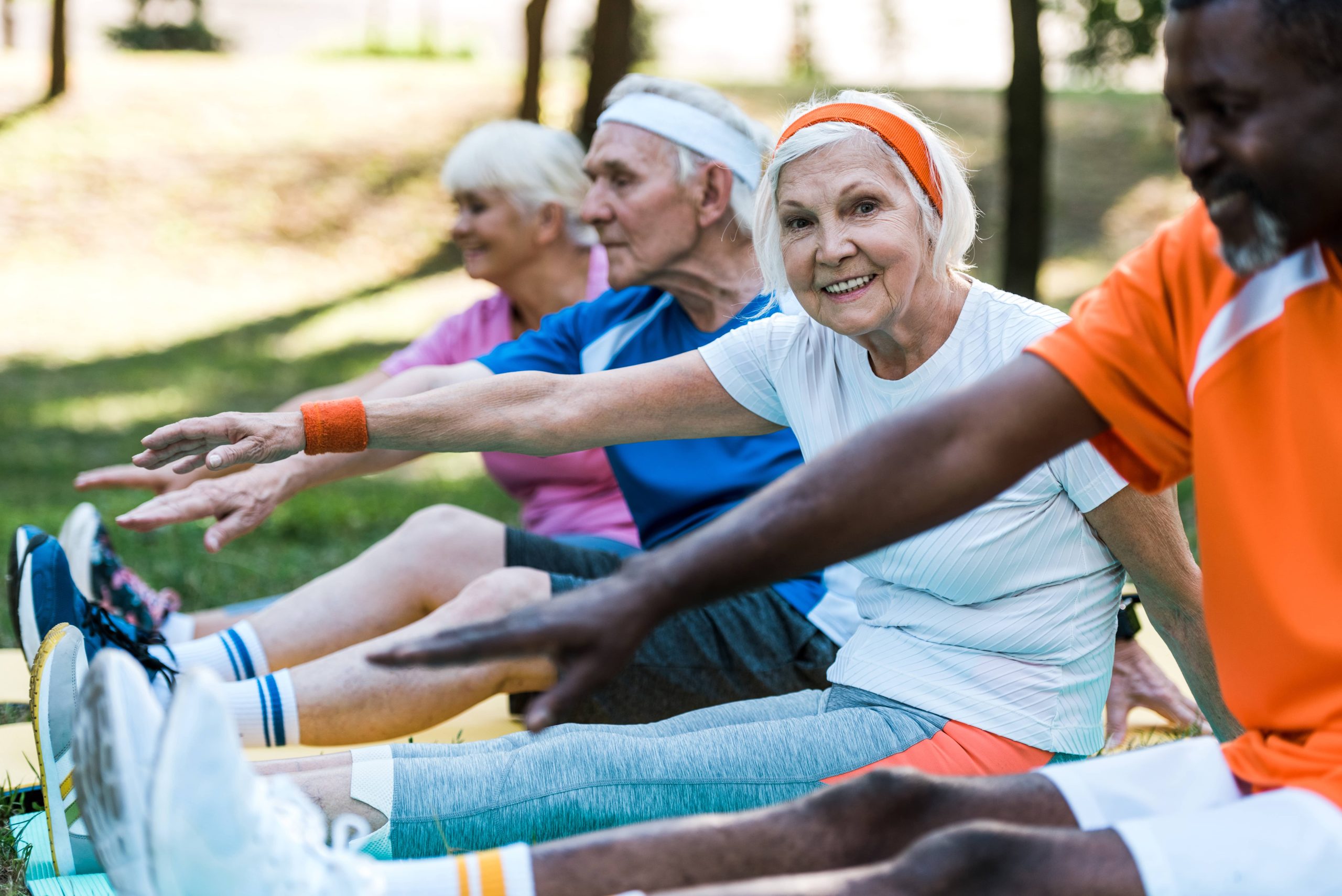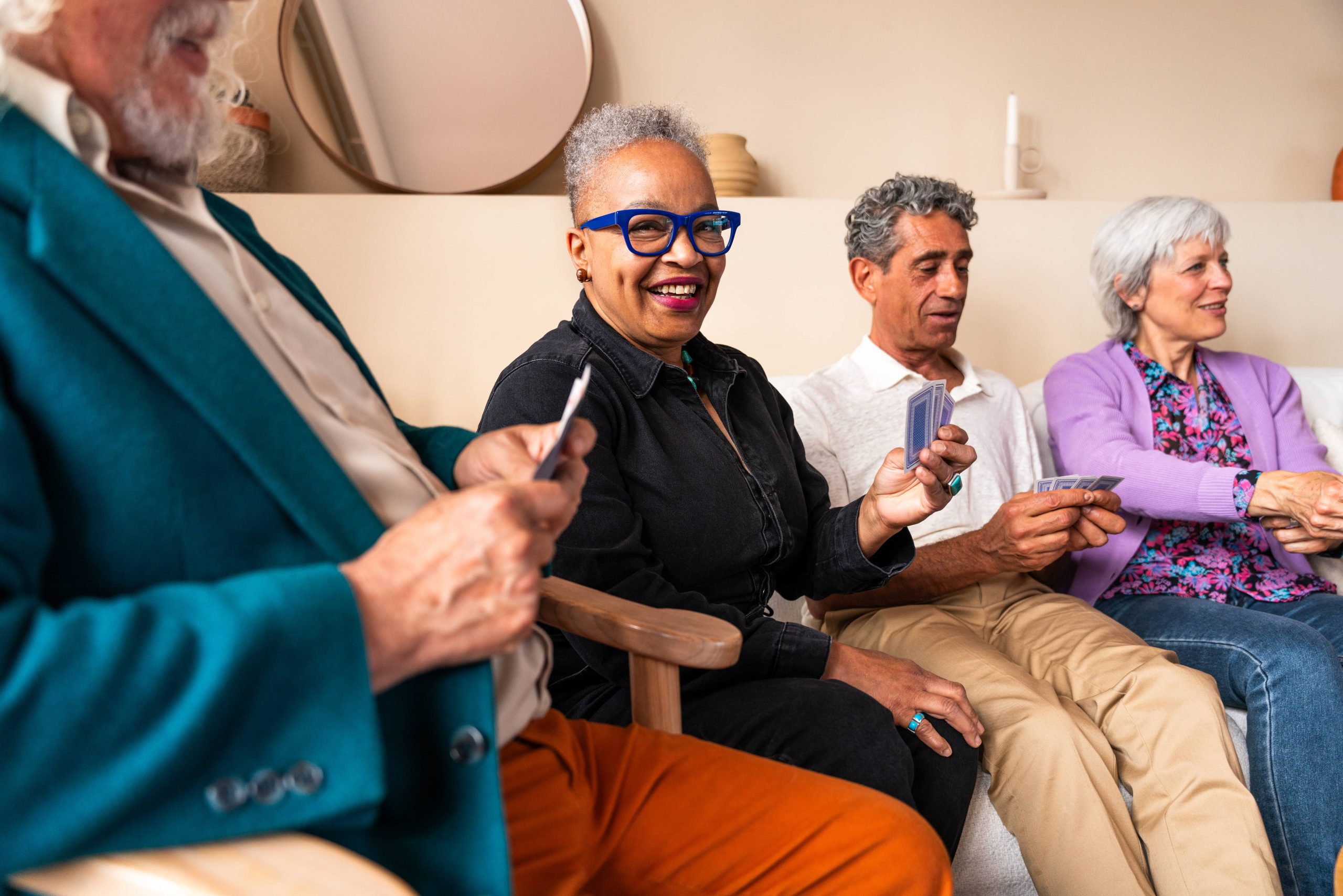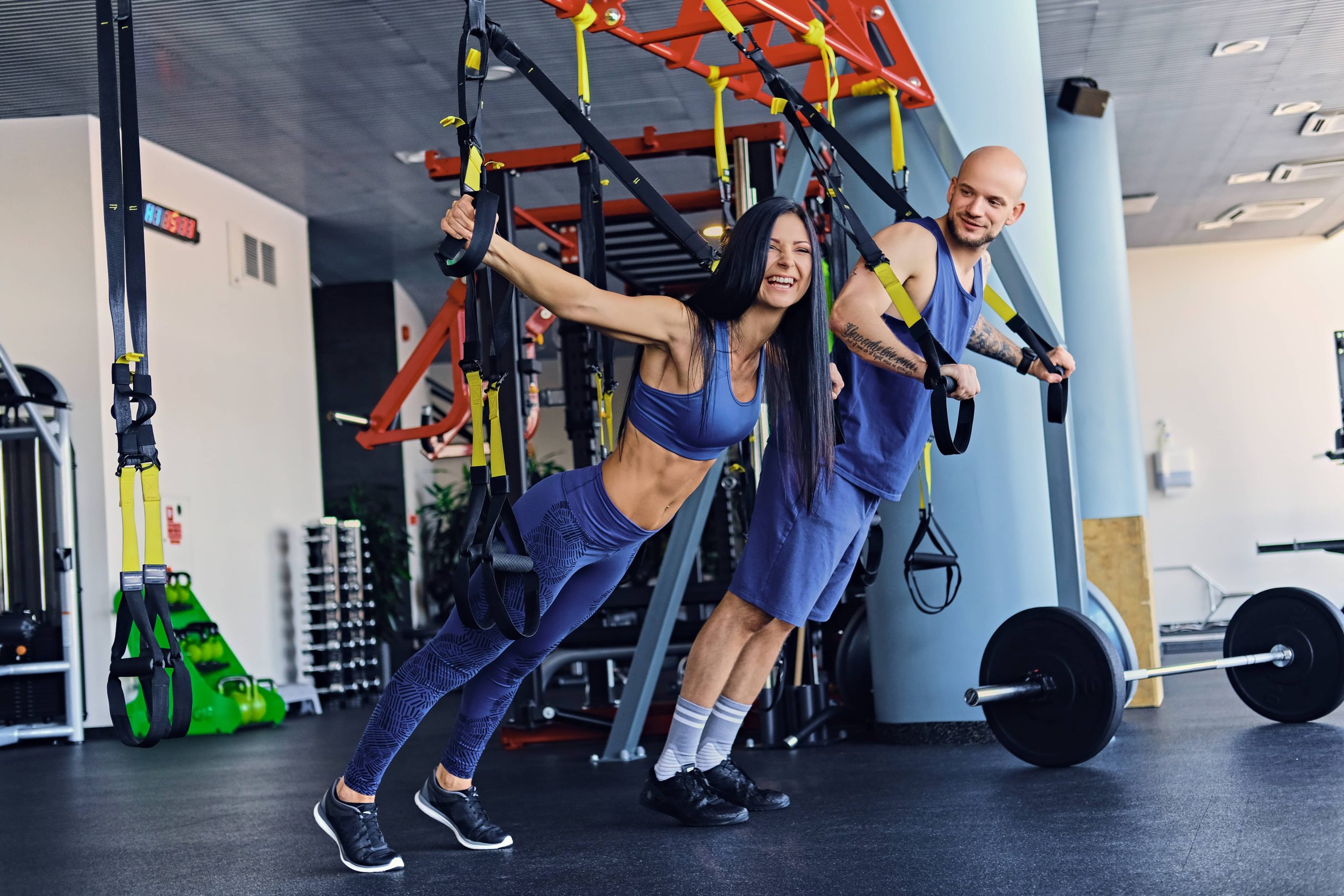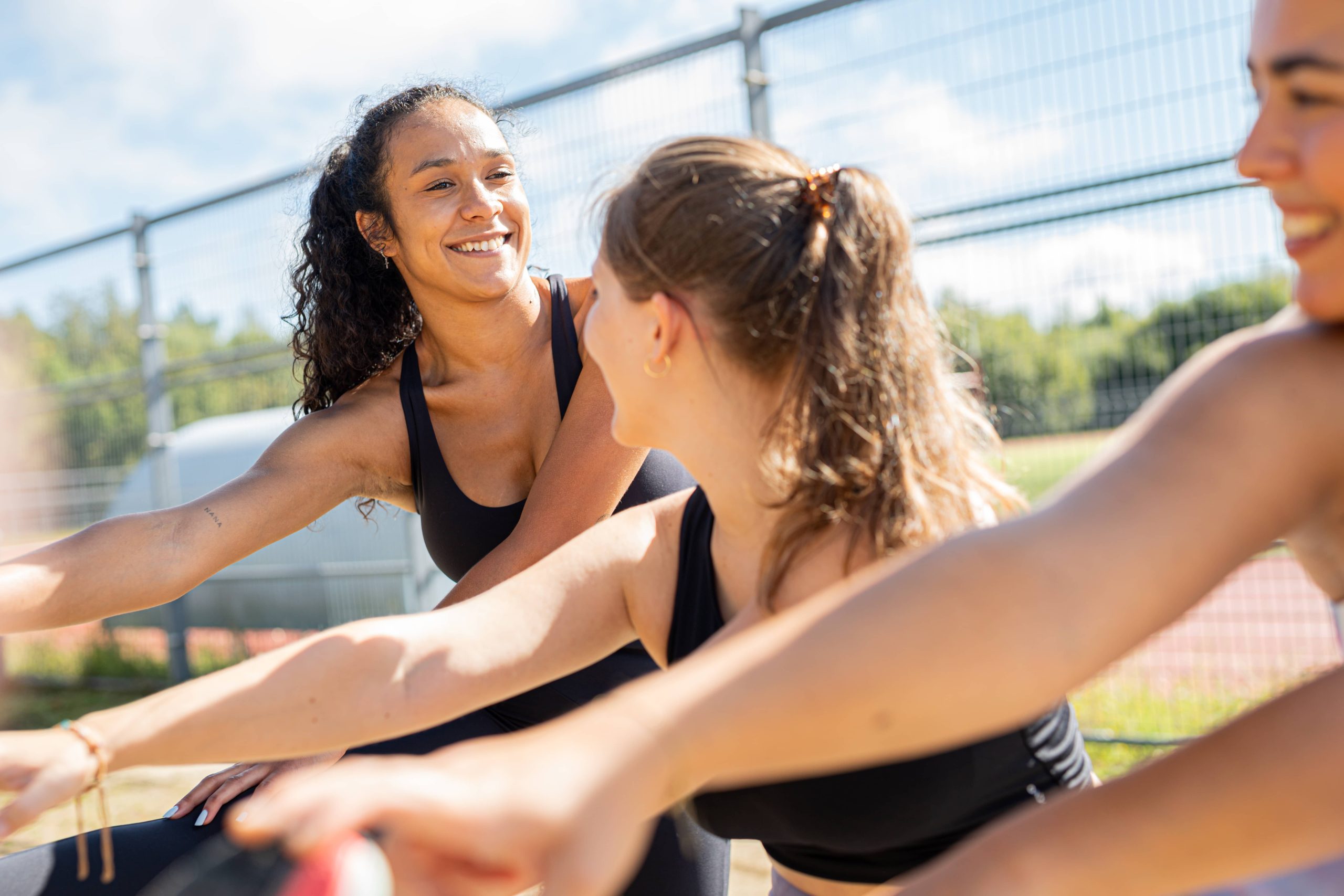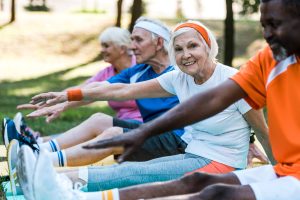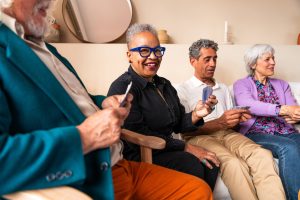
As our society evolves, so too does our understanding of aging. The concept of “Active Aging” has gained substantial attention, focusing on enhancing the quality of life as we age, rather than merely extending its duration. Central to this concept is the promotion of physical activity, a cornerstone in nurturing health and longevity. Group fitness classes are increasingly becoming an attractive option for active older adults seeking not only physical benefits but also social and psychological rewards. Here’s how we can effectively engage older adults in these classes and why it’s more important now than ever.
Understanding the Needs and Desires of Older Adults
Before diving into strategies for engagement, it’s crucial to recognize what older adults are looking for in fitness classes. Many older adults seek out group fitness for several reasons:
1. Physical Benefits: Strength, flexibility, balance, and cardiovascular health are significant concerns that well-designed fitness programs can address.
2. Social Interaction: Loneliness and social isolation are prevalent issues among older adults. Group fitness classes offer a sense of community, fostering friendships and providing essential social outlets.
3. Mental Well-being: Physical activity has been shown to reduce symptoms of depression and anxiety, improve mood, and enhance cognitive function.
4. A Sense of Achievement: Participating in and progressing through a group class provides a sense of accomplishment and boosts self-esteem.
Tailoring Fitness Classes for Older Adults
Designing an engaging group fitness class for older adults requires a thoughtful approach. Here are several strategies to make these classes appealing and effective:
1. Class Design and Content:
– Offer a range of classes that cater to different fitness levels and interests, such as yoga, pilates, Zumba, water aerobics, strength training, and tai chi.
– Emphasize functional movements that improve daily living skills, such as bending, stretching, and standing exercises.
– Include activities that promote balance and coordination, which are vital for fall prevention.
2. Creating a Welcoming Environment:
– Ensure your facility is accessible, with easily navigable paths and supportive equipment designed for older users.
– Instructors should be warm, approachable, and trained in senior fitness to understand the unique physiological and psychological needs of older adults.
– Foster an inclusive atmosphere where participants feel comfortable and valued, regardless of their initial fitness level.
3. Building Community:
– Encourage social interactions by incorporating partner or group activities and promoting conversations before and after classes.
– Organize additional social events, such as coffee mornings or wellness workshops, to strengthen community bonds.
– Use technology to create online groups or forums where participants can stay connected and motivate each other outside of class hours.
Overcoming Barriers to Participation
Despite the benefits, several barriers may prevent older adults from participating in group fitness classes. Identifying and addressing these challenges is key to increasing engagement:
1. Fear of Injury:
– Educate participants on the safety measures in place and the qualifications of your instructors.
– Start sessions with proper warm-ups and conclude with cool-downs to prevent injuries.
– Offer modifications for exercises to accommodate different abilities and ensure everyone exercises within their comfort zone.
2. Access and Transportation:
– Offer classes at various times to accommodate different schedules.
– Partner with local organizations to provide transportation solutions for those who need it.
– Consider digital or virtual classes as an option for those unable to attend in person.
3. Financial Constraints:
– Provide tiered pricing options or discounts for seniors.
– Seek community sponsorship or grants to subsidize costs for low-income participants.
– Inform about potential health insurance discounts for gym memberships and fitness classes.
Highlighting Success Stories
Sharing stories of successful aging and transformation can be incredibly motivating. Highlight experiences of participants who have improved their health, regained mobility, or made lasting friendships through group fitness. These narratives not only validate the program but also inspire others who may be hesitant about joining.
Recognizing and Celebrating Progress
Regularly acknowledge and celebrate participants’ achievements, whether it’s reaching a fitness milestone, attending a certain number of classes, or even improved health metrics. Simple recognition can boost morale and motivation, encouraging continued participation and fostering a sense of pride and community.
The Role of Technology
Embraceling technology can revolutionize how older adults engage in group fitness classes:
– Apps and Wearables: Educate on simple fitness apps or wearables that can track activity, heart rate, and progress, providing motivation and accountability.
– Online Communities: Set up online meeting points where participants can share experiences, tips, and encouragement.
– Virtual Classes: As seen during the pandemic, virtual fitness has become a viable option. Offering live-streamed or pre-recorded classes can reach those with health concerns or mobility issues.
Conclusion
As the Active Aging movement continues to gain momentum, group fitness classes for older adults stand at the forefront of this revolution. By understanding their needs, addressing potential barriers, and fostering a welcoming, supportive community, we can significantly improve the quality of life for older adults. The physical, social, and mental benefits are profound, and with innovative approaches, they are well within reach for any community seeking to promote healthful, vibrant aging.
In our quest for longevity, it’s crucial to remember that age is just a number. With the right opportunities and support, older adults can continue to thrive, finding both joy and vitality in every stage of life through the power of group fitness. Let’s inspire and engage, paving the way for a healthier, more connected future for older adults everywhere.

